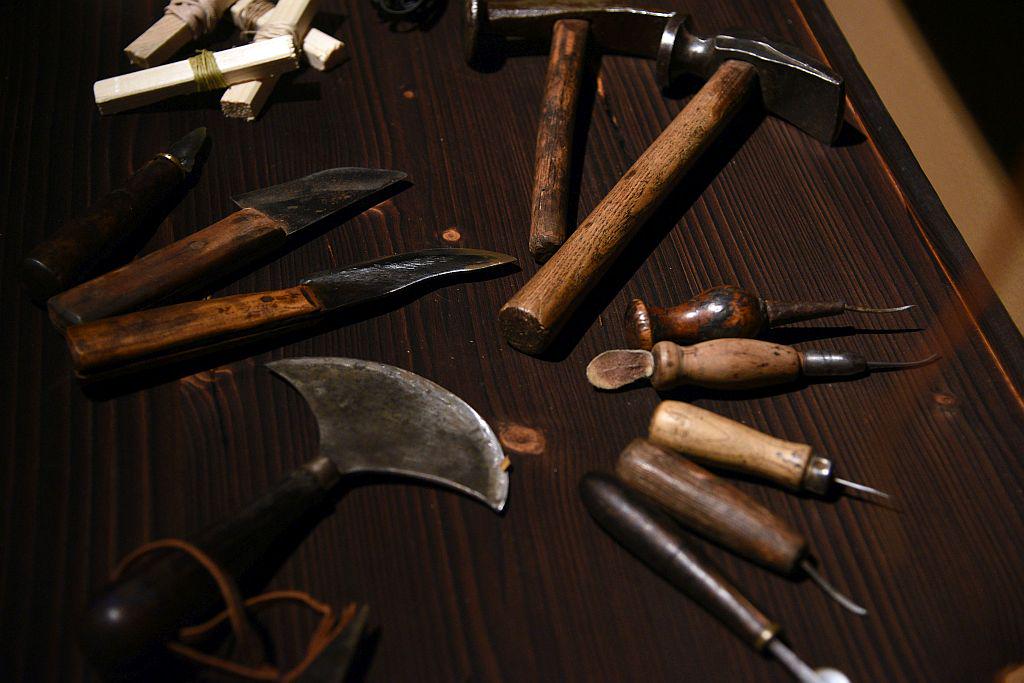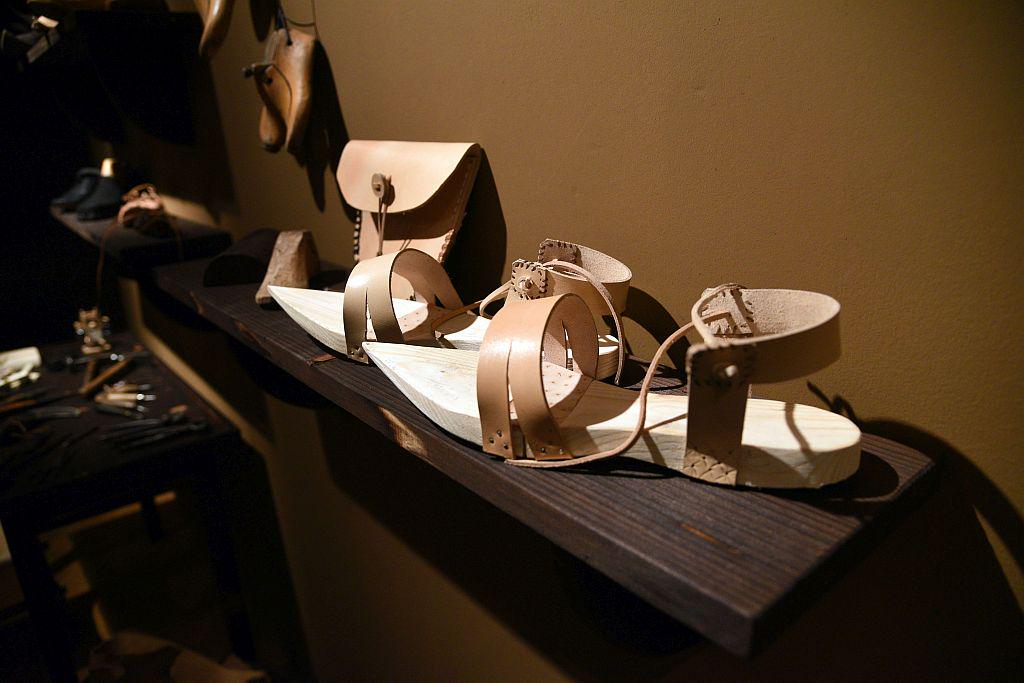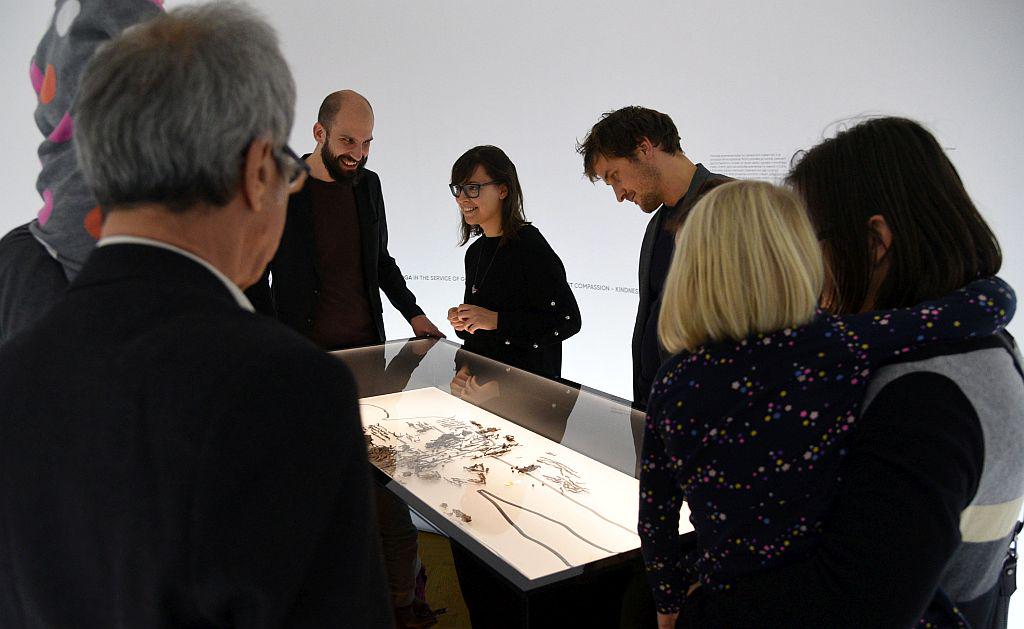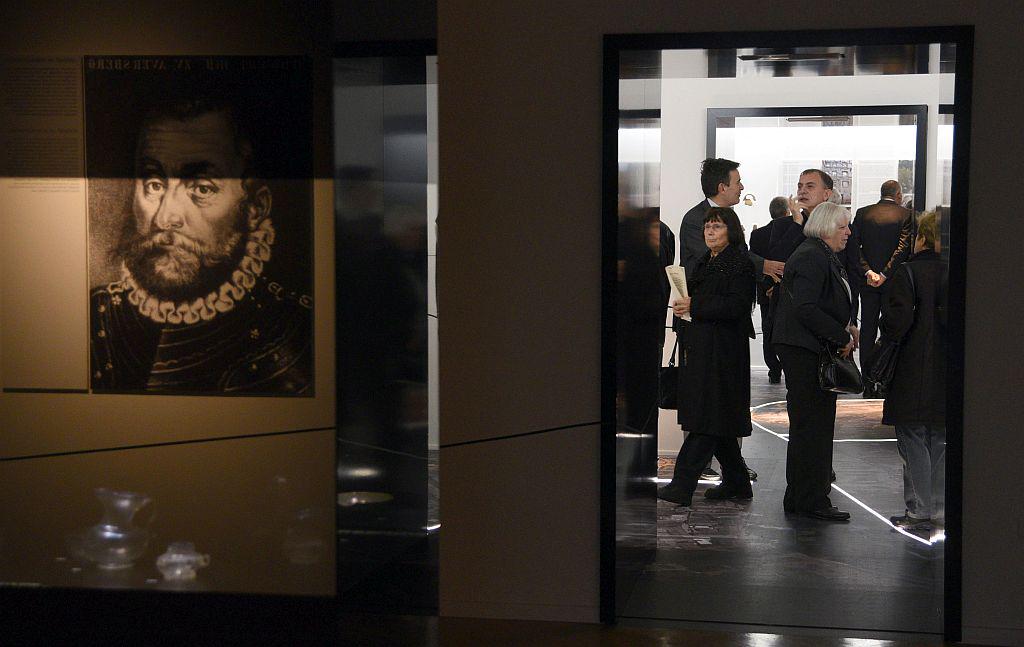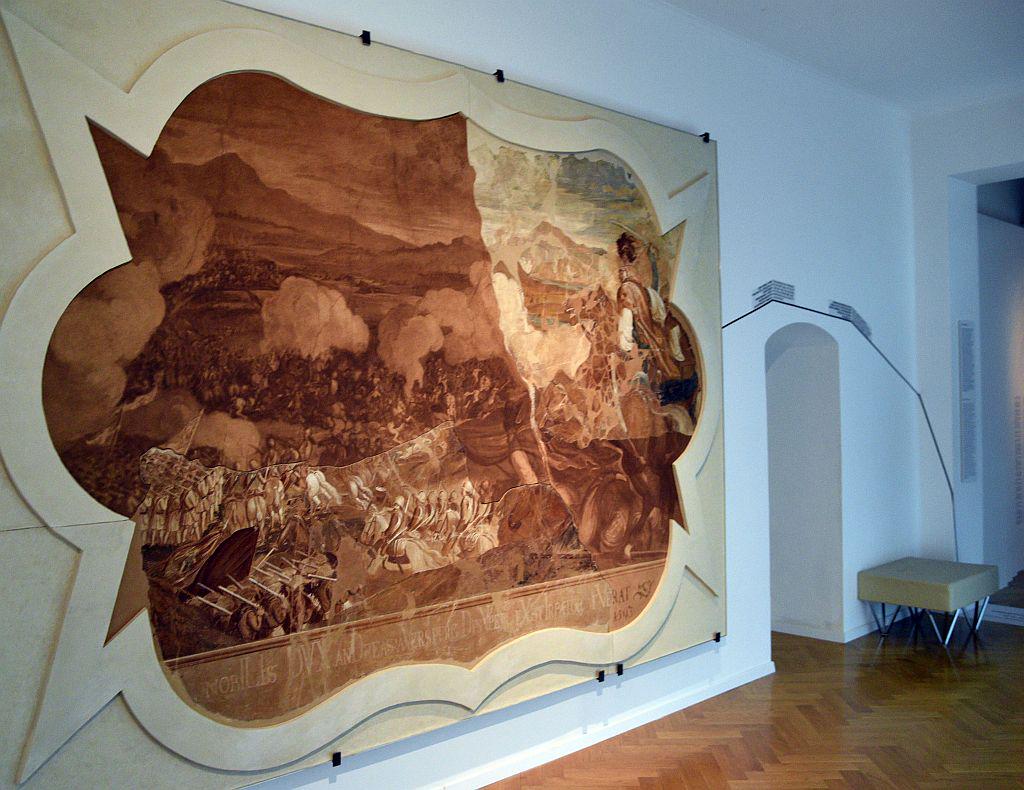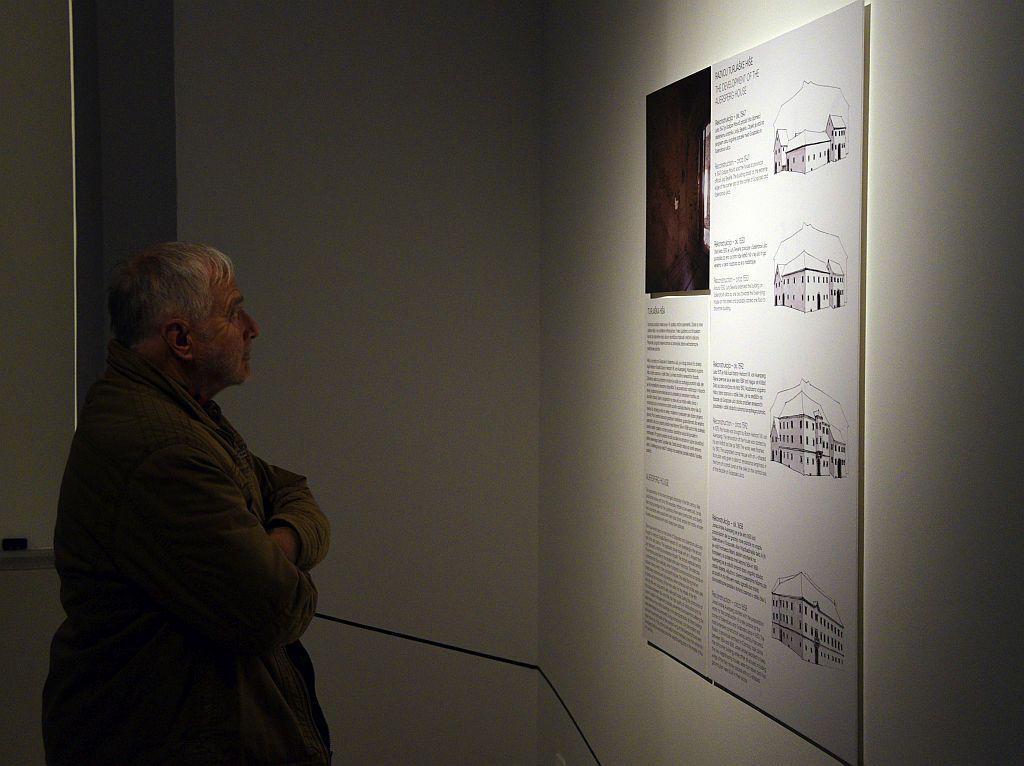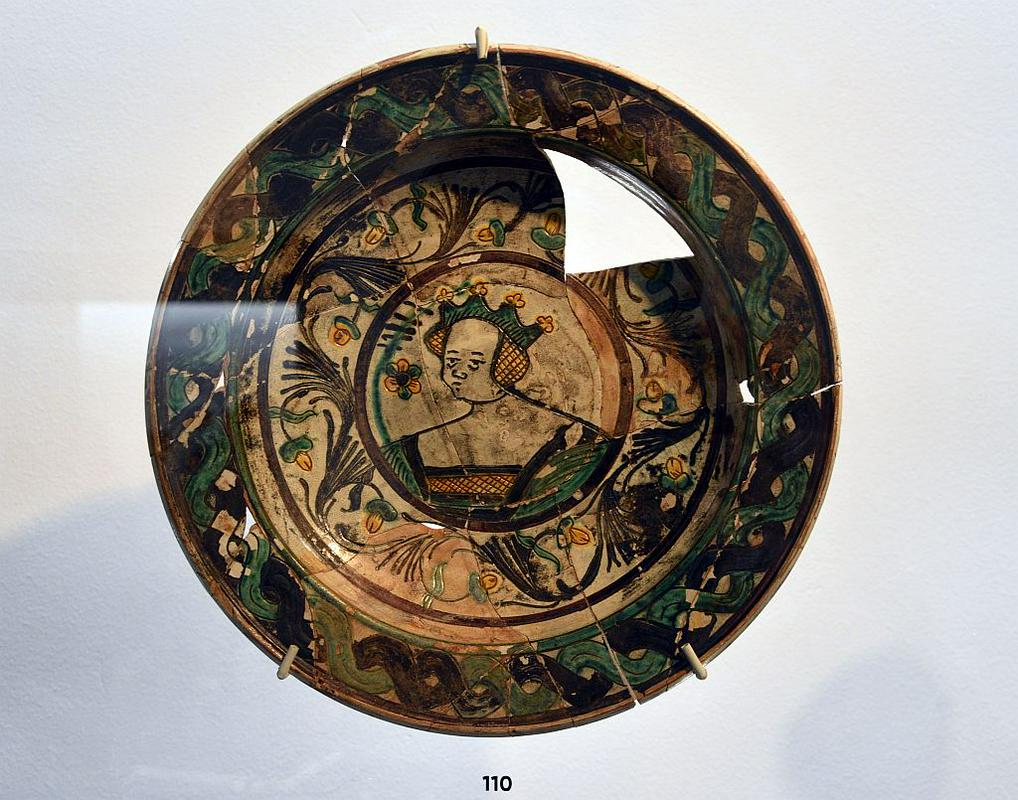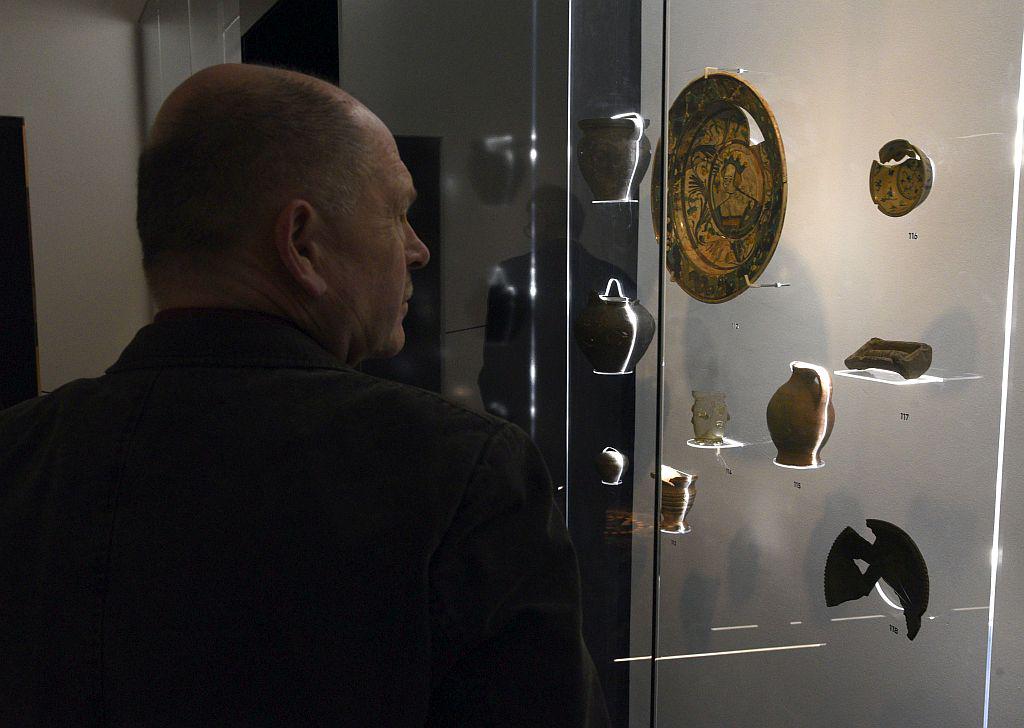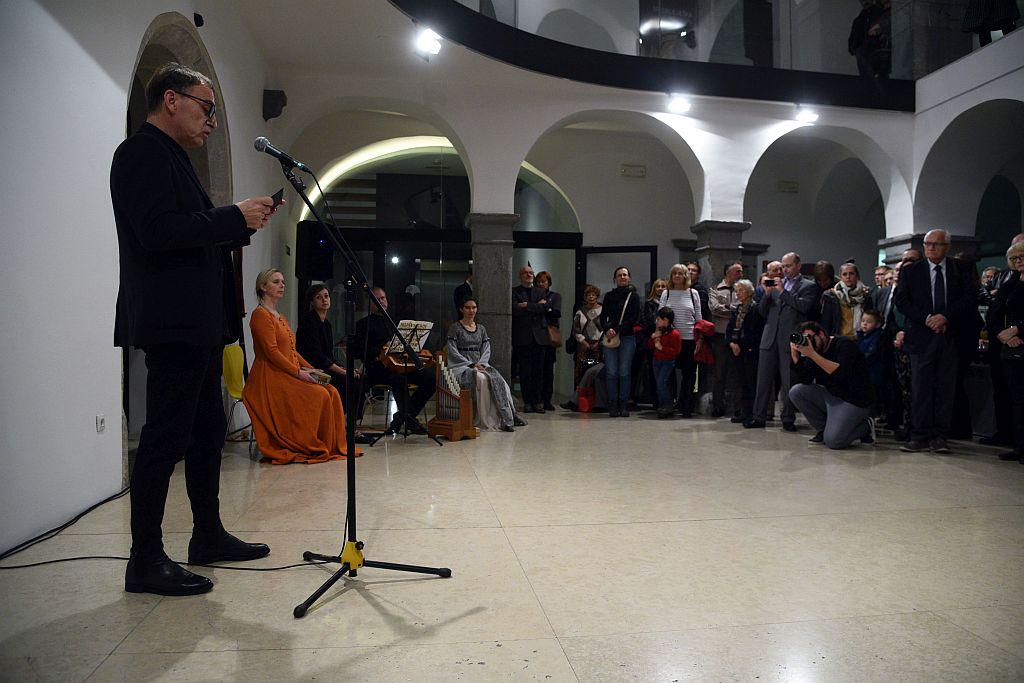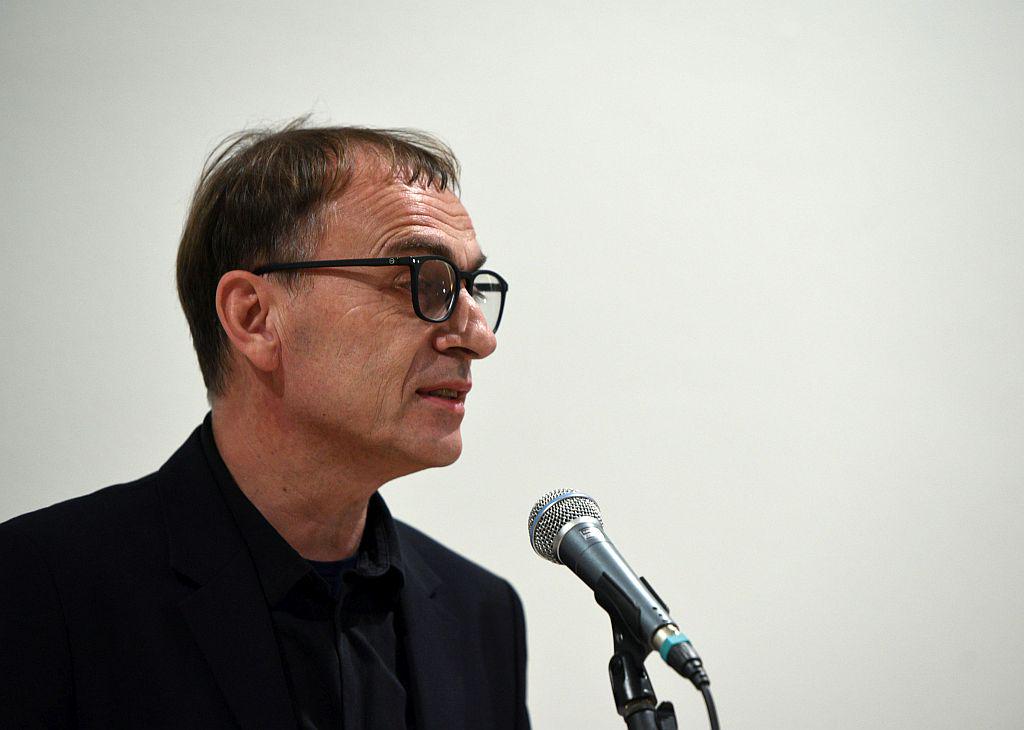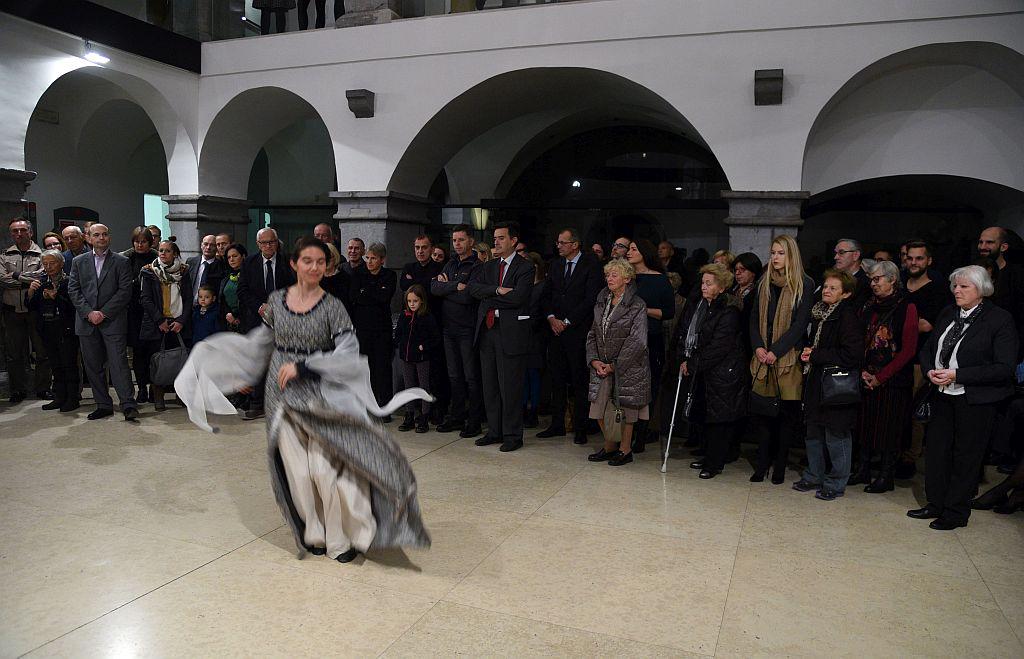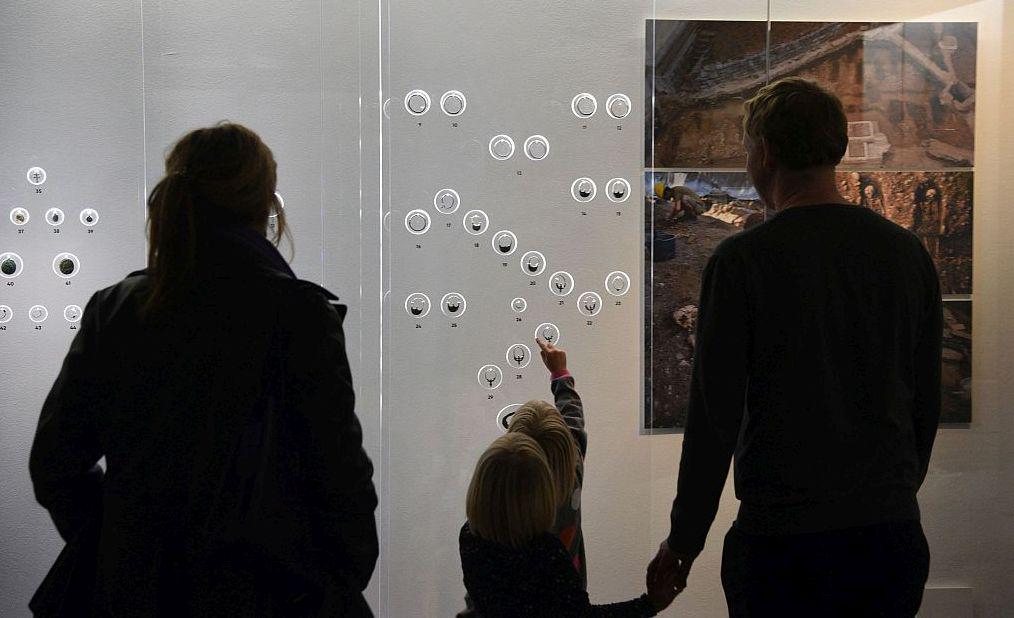
The exhibition in the City Museum of Ljubljana includes items found in the Ljubljana area, accompanied by a timeline featuring the most important historical data spanning from the first mention of the city to the earthquake of 1511.
From the sword from Ljubljanica to Luther's theses
The exhibition starts with a sword from the Ljubljanica River dating back to the 11th century. According to Martin Horvat, the author of the exhibition, the sword symbolically marks the Middle Ages in Slovenia. The timeline ends with Martin Luther's 95 theses, marking the beginning of the Reformation.
You can also view copies of documents from the first half of the 12th century, when Ljubljana was first mentioned in written records. By the middle of the 12th century Ljubljana had already been mentioned using its ancient Slavic name Luwigana. The exhibition features two coins belonging to the family of the Carinthian dukes Spanheims, the oldest and most important lords of Ljubljana. These are the coin of Bernhard, forged in Ljubljana, and the coin of Ulrich. The last item in the first room is a city signet dating back to the mid 15th century.
Unknown knight from the cemetery on Njegoševa Street
The story of a knight from the cemetery on Njegoševa Street, by the St. Peter Church, is certainly one of the exhibition's most interesting features. In a 16th century grave archaeologists have found a golden coin, two iron gilded spurs and a shirt with gold embroidery. "The identity of the deceased is still unknown, but we do know that he was a man from the upper class, who probably fought against Turkish invaders. He did not die from wounds sustained in a battle, but of natural causes, aged slightly over 30 years,"states the Museum.
According to Martin Horvat, more than 900 graves have been discovered at this burial site, 200 of them being ancient Slavic. There is evidence that the burial site was in use from the end of the 9th century all the way through to the 18th century.
The Medieval Ljubljana exhibition will be on display until the 2nd of May 2018 in the City Museum of Ljubljana.




















































